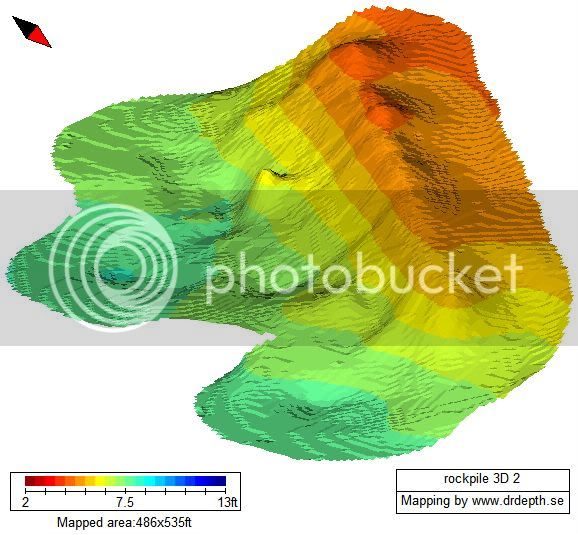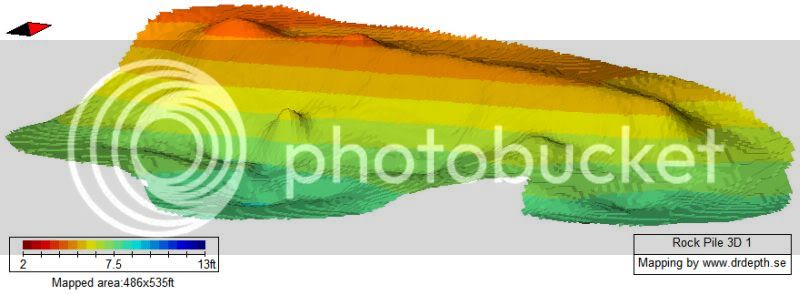gregk9
Well-known member
Any preference here? I'm assuming the external would get better reception, no?

gregk9 said:Any preference here? I'm assuming the external would get better reception, no?
russ010 said:I've got internal on my 788ci - and I have had no problems.. even when it was under the tree the other night
I would go with internal if you have an open boat - it's one less thing to worry about running wires for or worry about getting damaged.
wasilvers said:Only issue I have is if you mark a location going north, then go back south, you could be a good 15 feet from it - assuming it marks 'just the right spot".
gregk9 said:wasilvers said:Only issue I have is if you mark a location going north, then go back south, you could be a good 15 feet from it - assuming it marks 'just the right spot".
Do you think that's an antenna issue or the unit itself?
wasilvers said:gregk9 said:wasilvers said:Only issue I have is if you mark a location going north, then go back south, you could be a good 15 feet from it - assuming it marks 'just the right spot".
Do you think that's an antenna issue or the unit itself?
It's just the difference of the transducer being 8 feet behind my internal gps unit. If you have an external antenna, you just mount it above the transducer and you are as close as you can get.




Enter your email address to join: